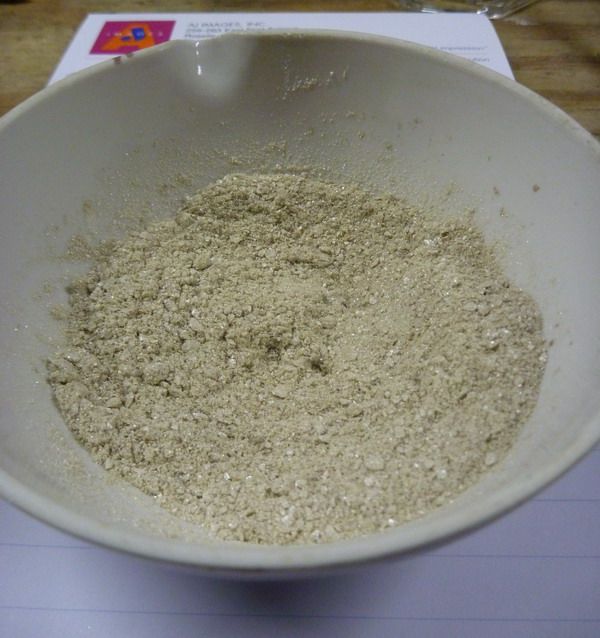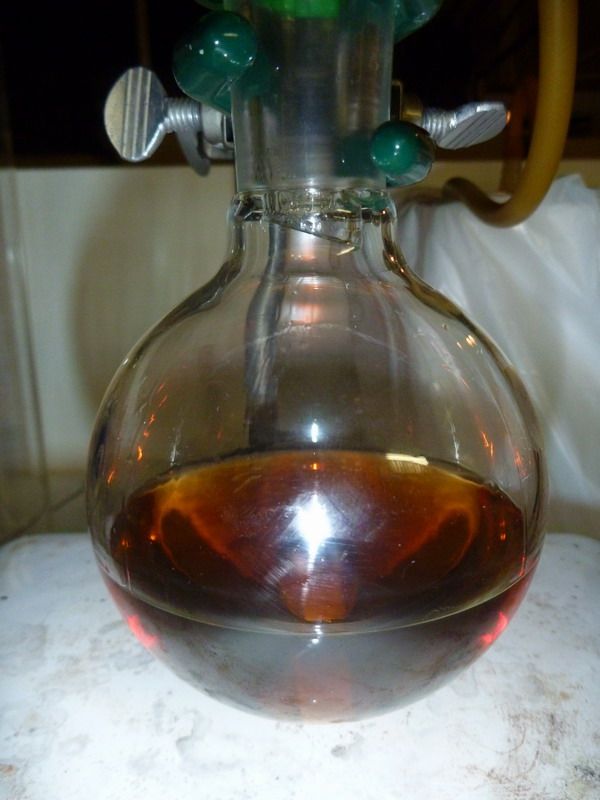| I have executed the same reaction under several conditions including that reported by Diachrynic and have never achieved a yield in excess of 35% of
crystalline 2-ethoxynaphthalene melting at 34-36 C. My reactions were all run using 5.0 g of 2-naphthol (mp 120-121 C), undenatured absolute ethanol
and 96% sulfuric acid (by titration). I use hexane to extract the product from the work up mixture. The crystalline product is isolated directly from
the hexane extract after a brine wash, drying, and evaporation of the hexane. I can recover about 85% of the unreacted 2-naphthol which is extremely
difficult to filter. |
















